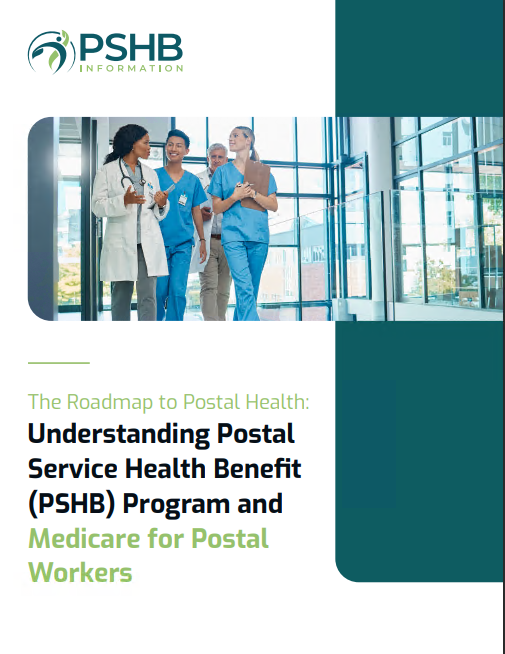Key Takeaways
- Finding affordable Medigap premiums involves comparing plans, understanding factors affecting premiums, and leveraging resources for seniors.
- Key strategies include shopping around, considering different plan types, and assessing individual healthcare needs.
Affordable Medigap Premium Options: How to Find the Best Rates for Seniors
Medicare Supplement Insurance, also known as Medigap, helps cover out-of-pocket costs not paid by Original Medicare, such as copayments, coinsurance, and deductibles. For seniors on fixed incomes, finding affordable Medigap premiums is crucial. This guide provides comprehensive strategies to help seniors find the best rates for Medigap premiums, ensuring they can access necessary healthcare without financial strain.
Understanding Medigap Plans
Medigap plans are standardized across most states, meaning that the benefits of each plan type (A, B, C, D, F, G, K, L, M, and N) are the same, regardless of the insurer. However, premiums can vary widely between insurance companies, even for the same plan. It’s important to compare different plans and providers to find the most affordable options.
Factors Affecting Medigap Premiums
Several factors influence Medigap premiums, including:
- Age: Some insurers use age to set premiums, with costs typically increasing as you get older.
- Location: Premiums can vary significantly by state and even within different regions of a state.
- Gender: Women often have lower Medigap premiums than men.
- Smoking Status: Non-smokers generally pay less than smokers.
- Health Status: Although Medigap plans are guaranteed issue during certain enrollment periods, health status can affect premiums if applying outside these periods.
- Plan Type: Different Medigap plans offer varying levels of coverage, which impacts their premiums.
Strategies for Finding Affordable Medigap Premiums
- Compare Plans and Providers
One of the most effective ways to find affordable Medigap premiums is to compare plans and providers. Using tools like the Medicare Plan Finder or visiting individual insurance company websites can provide detailed information on available plans and their costs.
- Medicare Plan Finder: This online tool allows you to compare Medigap plans offered in your area by different insurers. It provides premium estimates and coverage details.
- Insurance Company Websites: Many insurers offer online quotes for Medigap plans. Visiting these sites can give you a sense of the range of premiums available.
- Understand Pricing Methods
Medigap policies can be priced using three different methods, which can affect your premiums over time:
- Community-Rated (No-Age-Rated): Premiums are the same regardless of age.
- Issue-Age-Rated (Entry-Age-Rated): Premiums are based on your age when you buy the policy and do not increase with age.
- Attained-Age-Rated: Premiums are based on your current age and increase as you get older.
Understanding these pricing methods can help you choose a plan that remains affordable in the long term.
- Shop Around Annually
Medigap premiums can change annually, so it’s important to review your coverage and shop around each year. Even if you’re satisfied with your current plan, another insurer might offer the same coverage at a lower rate.
- Consider High-Deductible Plans
Some Medigap plans, such as Plan F and Plan G, offer high-deductible options. These plans have lower premiums but require you to pay a higher deductible before coverage kicks in. If you are in good health and do not expect frequent medical expenses, a high-deductible plan might be a cost-effective choice.
- Take Advantage of Enrollment Periods
The best time to buy a Medigap policy is during your Medigap Open Enrollment Period (OEP), which is a six-month period that starts the month you turn 65 and are enrolled in Medicare Part B. During this period, you have guaranteed issue rights, meaning insurers cannot deny you coverage or charge higher premiums due to pre-existing conditions.
- Evaluate Health Needs
Assessing your healthcare needs can help you choose the right Medigap plan. If you frequently visit doctors or have ongoing health issues, a plan with more comprehensive coverage might be more cost-effective despite higher premiums.
- Seek Assistance from State Health Insurance Assistance Programs (SHIPs)
SHIPs offer free, unbiased counseling on Medicare and Medigap options. These programs can help you understand your choices and find the most affordable plans in your area.
- Consider Group Plans
Some associations and organizations offer group Medigap plans to their members. These plans can sometimes offer lower premiums than individual policies.
- Look for Discounts
Some insurers offer discounts for paying premiums annually, setting up automatic payments, or being part of a household where more than one person has a Medigap policy with the same insurer. Ask about any available discounts when shopping for Medigap plans.
- Review Additional Benefits
While the basic benefits of Medigap plans are standardized, some insurers offer additional perks such as gym memberships, vision care, or dental discounts. These added benefits can enhance the value of a plan and might make a slightly higher premium worthwhile.
Real-Life Examples
Example 1: Comparing Plan F Premiums
John, a 66-year-old non-smoker living in Florida, compared Medigap Plan F premiums from several insurers. He found that premiums ranged from $150 to $220 per month for the same coverage. By choosing the insurer with the $150 premium, John saved $70 per month, or $840 annually, without sacrificing any benefits.
Example 2: High-Deductible Plan Savings
Mary, a healthy 67-year-old woman, opted for a high-deductible Plan G, which had a premium of $50 per month and a deductible of $2,490. Given her minimal medical expenses, she saved significantly compared to a standard Plan G with a $150 monthly premium and no deductible.
Conclusion
Finding affordable Medigap premiums requires understanding the factors that affect costs and actively comparing different plans and providers. By using tools like the Medicare Plan Finder, understanding pricing methods, shopping around annually, and leveraging enrollment periods, seniors can find the best rates to suit their healthcare needs and budgets. Taking advantage of resources like SHIPs and considering high-deductible plans or group plans can also lead to significant savings. By staying informed and proactive, Medicare beneficiaries can secure the coverage they need without overburdening their finances.
Contact Information:
Email: [email protected]
Phone: 5125552345





